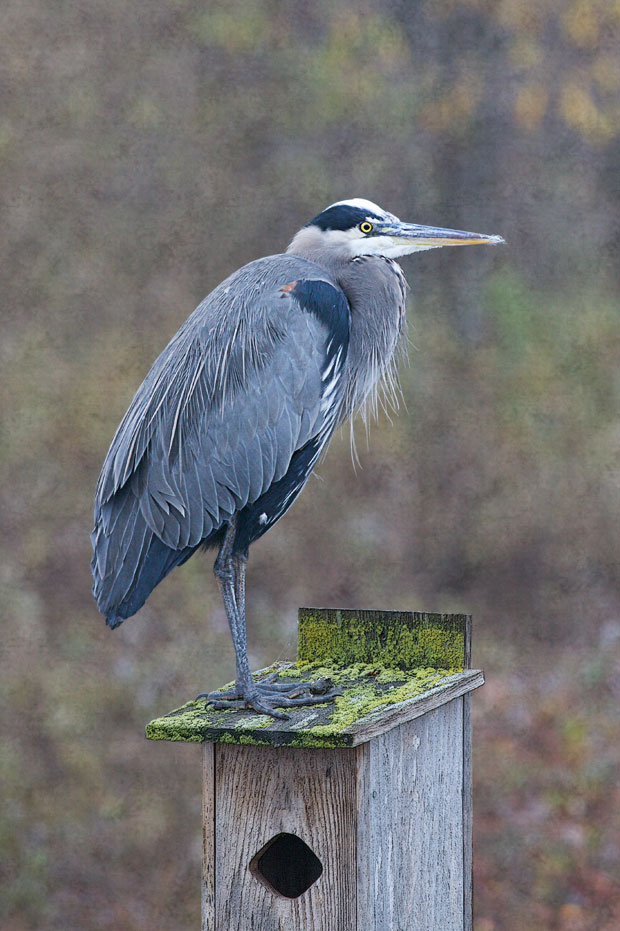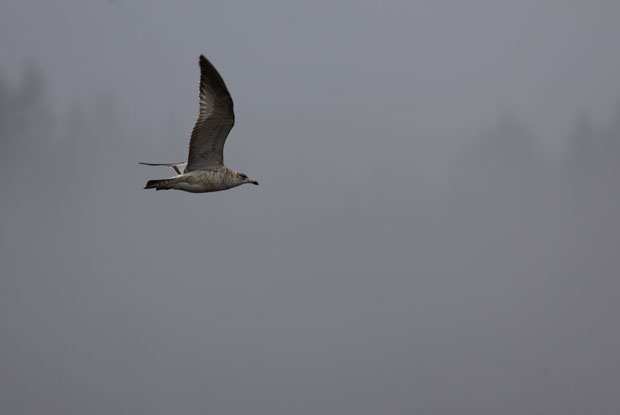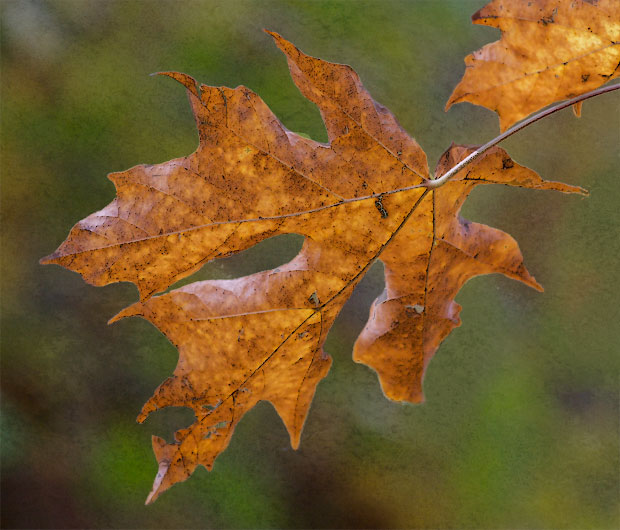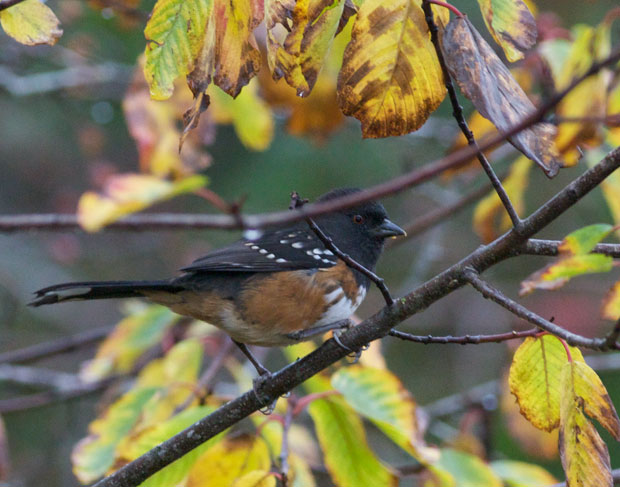Mike loaned me Rivers and Birds by Merril Gilfillan a little more than a month ago. It was a quick read; I finished it while on vacation in Santa Rosa. Unfortunately, it’s not easy to convey a sense of the book or this would have been written weeks ago. The book is a collection of 14 essays written about rivers and birds, perhaps with an emphasis on birds, so there is no common theme to all the essays. Each stands on its own.
That’s not to say they don’t also fit together; they do have common themes and the themes overlap each other. It’s just impossible to find a theme that ties the whole book together. So, I’ve chosen to focus on a theme that resonated with me and can be found in several of the essays and hopefully gives a sense of the book.
Gilfillan reveals a particular setting that is important to him while birding in one of his early essays:
Then there was another sound, and then a deerfly roared by and came around again. The high autobahn whine from the forest I slowly registered was the sound of many, many mosquitoes and their brethren. The deerflies were suddenly everywhere. I cut for the nearest edge of the woods, and there, just outside, in the shadow of young ash trees, I found a place both out of the sun and away from the insects.
It was a north‑facing edge and opened onto simple, somewhat ragged pastureland, a rolling meadow, open knee‑high grasses with a midsummer wheaten cast, here and there a patch of white asters or sweet clover, with occasional clumps of blackberry bramble and a fencerow at the far edge with elderberry bushes and sumac along it. A small herd of guernsey cattle grazed lazily; a few of them had moved into the shade of a near‑spent old apple tree. A narrow path worn by their plodding angled across and over a knoll. Another black, square woodlot hunkered a half mile to the north.
A field sparrow singing. Dusty milkweed, and the heat blanched, off‑blue sky. A landscape I had known all my life. A herdsman’s landscape, utterly different from the strict, stripped horticultural beanfield‑terra I had walked across a few minutes before. A “Constable landscape,” I suddenly called it. I was almost startled by the recognition. By both my easy, lifelong intimacy with such a scene‑my earliest solid memory is a site‑specific image of gazing, at age two, through a fence at nearby cattle (guernseys again) grazing beside a country road‑and by the remarkable antiquity of the scene, a fundamental composition going back how far? The Middle Ages?
I must have been about thirty years old at the time. I stood there a few minutes gazing, very interested, almost surprised, and almost honored by my circumstantial connection with that continuum and pastoral strain of dailiness and the daddy longlegs cleanness of its lines. The Constable association framed it, of course, gave it a genre, almost a sort of dialect. But my antecedents are all of the British Isles, so the bond is far from whimsical.
I suppose it was the first time I realized the depth, the fastness, of the landscape imprint on my own person and saw at the same time the high bucolic stratum of the cordial archetype. It was Ohio, Ohioana, but it was also a brush with a vast phylogeny, and I now assume that it explains in part my casual fondness for the Barbizon painters when I happen across them as well as my long‑standing fondness for the music of Henry Purcell.
This critical passage sent me scampering to the internet to discover what a “Constable landscape” was. When I found out I realized that though I didn’t recognize it by name I had encountered some of the pictures in both literary and art classes. Seeing the images gave me an immediate impression of what Gilfillan was talking about, though I’m still unsure what he meant by “vast phylogeny” even after looking it up. I almost began to resent the many allusions by the time I got to Barbizon and Henry Purcell, as the essay began to remind me of a T.S. Eliot Poem.
I could never imagine myself having this kind of revelation while out birding or out walking. In fact, I’ve worked hard to avoid this kind of thinking while walking, preferring to turn birding trips into forms of walking meditation, working hard to turn off the constant ramblings of my mind and focusing, instead, on what’s there.
However, this kind of setting is vital to my own appreciation of birding. I cringe a little when I read an announcement that a rare bird has been spotted at the ___ sewage plant. I have gone with birders to sewage plants to see birds but would never do so by myself. I don’t even want to pull off beside the highway to spot birds. Setting is a vital part of my birding experience, which definitely sets me off from many serious birders I know.
Gilfillan argues that this “Constable zone” is an archetype, an eternal unchanging part of who we are as human beings, but such walks also tie us to our more immediate past:
That Constable zone rides on a sempiternal level, and to sense it at all is a gift of sorts. But when I return nowadays to the eastern half of the continent it is in search of more fine-scaled connection (as the anthropologists might say) to the landscape and the affective links it holds; it is difficult enough to field and sustain relations of three and four decades ago, let alone any heat-wrinkled medieval prototypes. And for the sustenance of such fragile relations it is prudent to go back in May rather than deep summer. Temperate May with all the richness of those woodlands in flower, the month of warblers and other delicacies. “The month of understanding,” in Wallace Stevens’s words. That is the time to stroll the old streets and weigh the omnivorousness of time and the bewildering disappearance of so many good, solid things and perfectly innocent people, and that is when I go back and take to paths and trails I have known for fifty years. To batten and nourish the world as it once surely was and to keep alive familiarity with that realm, those generous broad-leaved trees and the birds of May, back there, which represent more than any other aspect the Confucian “one unchanging thing” with which to counter the ten thousand changing.
Each spring it takes a half day to acclimate, to find footing in the humid air and the intense surge and canopy of woods and brush, the humid sky with its vague clouds and many vultures, the moistness on the skin, the onslaught of bugs, the ubiquitous scent of honeysuckle. But in an hour or two the titmouse and the vireo songs take hold and restore a deep inner order and reciprocity.
Most mornings I follow a similar route through places I know the warblers will be: around the small lakes in the park just east of town, where we used to fish as boys, and along the clifftop edge of the village cemetery, where we used to swing from the high, arm-thick grapevines. Four hours of cool May morning, through trillium and cranesbill, finding the warblers always there, but the landscape is so accordingly keyed, so set within a familial magnetic field, that an entire other mentality gradually arises, images filtering in as if from the aroma of the honeysuckle, and I can be watching a blue-headed vireo and thinking simultaneously of old Hortense Jenkins in the town of forty years ago, a bent, almost hunchbacked woman with a dozen cats roaming her gray house, and her annually dreaded Christmas cookies full of short calico hairs.
For those of us old enough to remember a more rural past, wildlife — and birds are probably the form of wildlife that has best survived man’s ravages — ties us to past times but also reminds of “the omnivorousness of time and the bewildering disappearance of so many good, solid things and perfectly innocent people. Even a “city slicker” like me remembers a more rural past when Seattle was a “small city” with less than 500,000 in the city and King County had less than a million.
Gilfillan goes even further ending the next to last essay in the volume with:
Muddy creeks and ramp patches and sycamore warblers in the sycamores. Entire villages as-you-knew-them inexorably disappearing from the face of the earth. And the slightly suspect aroma of skunk cabbage down through the years.
The birds are the fine points, stabilizers, like the seas and the stars.
Like Gilfillan I see birds, particularly in wild, natural areas, as a last link with the natural world. They provide stability in a world that is changing faster than I can comprehend, taking the wilderness that I love so much with it. Perhaps that explains why I’m often more excited by an otter or deer I accidentally see while birding than I am by any of the birds I’ve seen that day. Wild animals are unfortunately much rarer than birds. (It would be totally depressing to go out in the woods on a fox hunt, since I’ve never seen one in the 40+ years I’ve hiked and backpacked.




